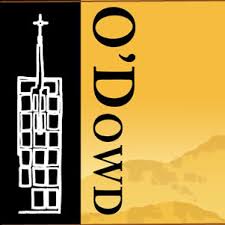

09:00-10:00: Public Speaking
Monday, June 16, 2025 - Thursday, July 10, 2025
Co-Ed
Bishop O'Dowd
•
9500 Stearns Ave
Oakland, CA
94605
Monday, June 16, 2025 - Thursday, July 10, 2025
Co-Ed
Bishop O'Dowd
•
9500 Stearns Ave
Oakland, CA
94605
Registration is closed
Sign up for this activity is no longer available.
Learning how to communicate effectively and appropriately, both verbally and non-verbally, provides skills that can be used in a student’s life in and beyond the classroom. Students use a multitude of mediums in their daily communications – speaking, listening, composing papers, presentations, emails, or texts, and using social networking/media. In this course, we will learn how to organize and deliver information in a meaningful manner across many of these mediums. Students will gain an understanding of both verbal and non-verbal communication and the skills they need to ensure that they communicate effectively whether it be in a formal paper, speech, presentation, or online. Through project-based activities (working with Google Drive and services to organize their learning resources and assignments), students will learn the importance of internet safety and the effects of their digital footprint, and skills needed to give various types of speeches/presentations (including eye contact, body language, intonation, pitch, sound level, speed, and use of visual aids).This program also includes a fundamentals of argumentation component where students will have the opportunity to learn the basics of debate strategy with the director of the Bishop O’Dowd debate team. Students will have the opportunity to learn and practice basic skills that include research techniques, audience analysis, the difference between winning an argument and winning an audience, and much more!
Discuss This Activity